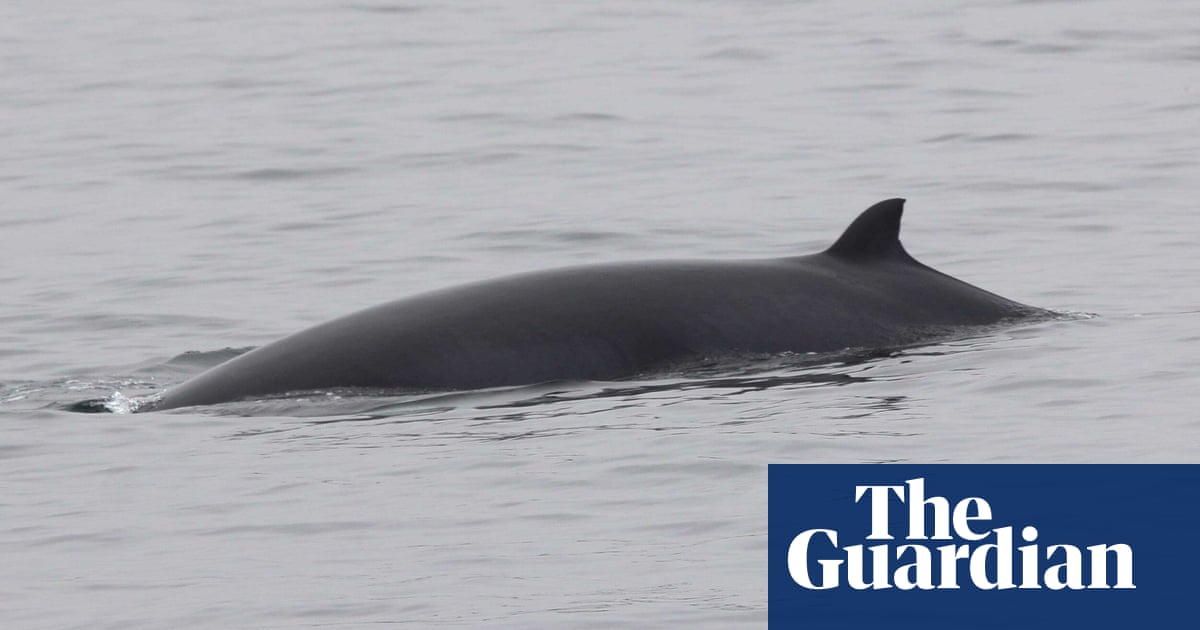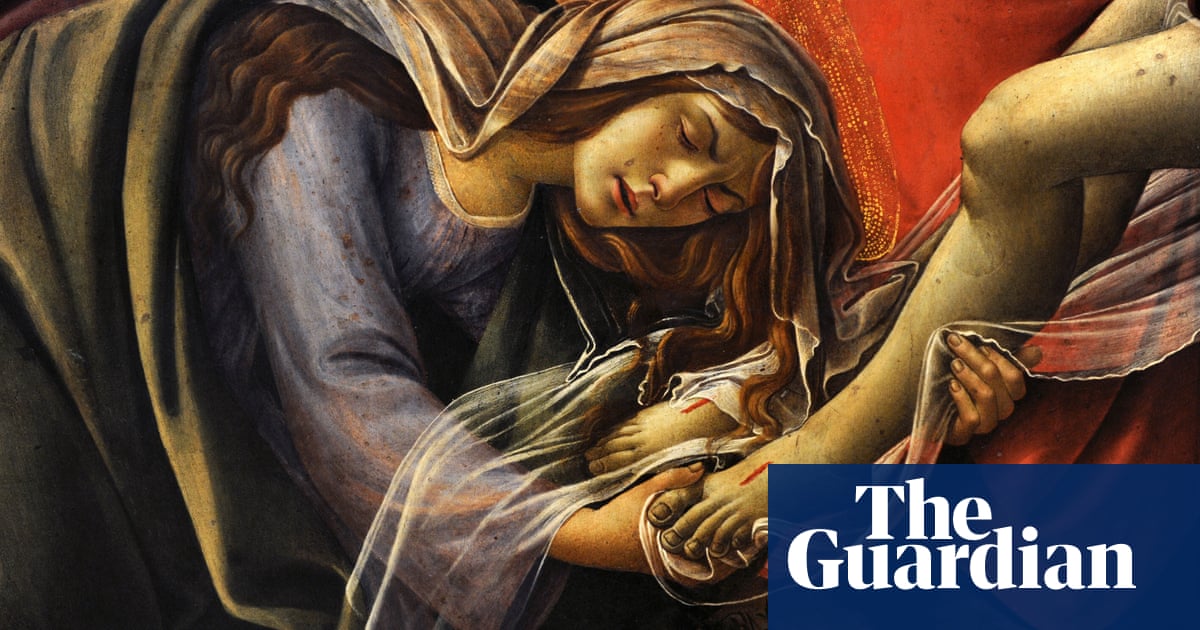
Snowy is the oldest known minke whale in Europe, while Knobble appears to adore attention – or, at least, the whale has been spotted more than 60 times since 2002, mostly close to the Isle of Mull.
Photographic records of minke whales submitted by members of the public are being published in a digital catalogue, providing insights about the threatened species.
The research, collated by the Hebridean Whale and Dolphin Trust, reveals that more than 300 individual minke whales have been identified in the Hebrides since 1990. A third (33%) have been seen more than once.
“Photographs are a powerful tool for strengthening our understanding of whale movements and the threats they face – providing vital evidence for effective conservation,” said Dr Lauren Hartny-Mills, science and conservation manager for the Hebridean Whale and Dolphin Trust.
Scotland’s west coast seas are an important area for minke whales, which migrate to feed in their rich waters each summer.
Thousands of photographs each year are shared with the trust by the public and wildlife-watching crews through a community sightings website and the free Whale Track app. Photographs are also collected by volunteers during the trust’s research expeditions on its research yacht Silurian.
Researchers then use the images to look for specific markings or features to identify and catalogue individual whales, dolphins, porpoises and basking sharks seen in the region.
The new catalogue reveals that Snowy the minke whale has visited the Hebridean waters over a 27-year period – the longest known history of sightings for this species in Europe.
Record-breaking Knobble – named after a distinctive small bump on its dorsal fin – has become a local celebrity, starring in a children’s book, a Facebook page and in a song on YouTube. But Knobble’s sex, or where the mammal goes in winter, are still unknown.
Photos can shed more light on the seasonal feeding habits of the whales – and the pressures they face in increasingly anthropogenic seas. The catalogue shows scars and injuries on 22% of the photographed minke whales, suggesting that individuals have at some point been entangled in marine litter and fishing gear, which can cause mobility problems, injury and death. The minke whales seen in Scottish waters are also believed to be the same population that is hunted in more northerly waters by commercial whalers from Iceland and Norway.
The trust is asking for members of the public to submit their photos – whether recent or historic – to help its scientists learn more about the whales’ movements, health and the threats they face.
Andy Tait, a wildlife guide for Sea Life Mull, has submitted thousands of images over the past 30 years.
“I get great pleasure in sending in my photos to the trust, knowing every photograph I send makes a real difference to our understanding of amazing whales like Snowy and Knobble,” he said. “By using the new online catalogue, anyone can match their sightings with known individual whales. They might even discover a new whale that can be added to the catalogue, which is really exciting. This is citizen science in action, and the great thing is that anyone can get involved.”












